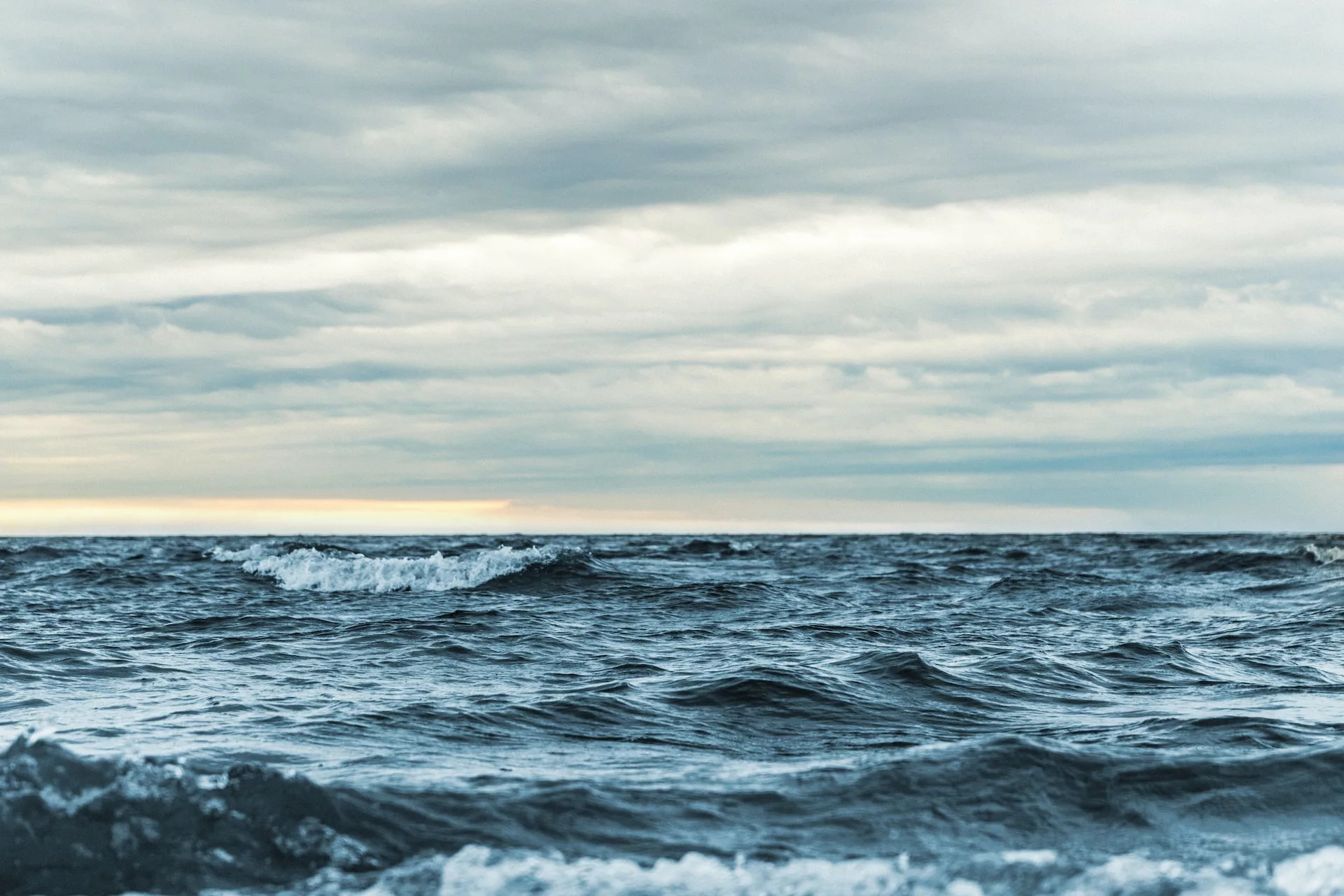Explore the High Seas Treaty, a glimmer of hope amidst climate news that often tells of record land and sea temperatures, unprecedented wildfires, and exceedingly low sea ice extents. Image credit: Ant Rozetsky via Unsplash.
In June 2023, after decades of negotiation, the United Nations took an enormous step towards the protection of the oceans by adopting the landmark High Seas Treaty. Formally known as the “Biodiversity Beyond National Jurisdiction treaty”, it extends international law to the “high seas”—the two thirds of the global ocean lying beyond the maritime borders of any country. Up to now, these international waters have remained essentially ungoverned, with very little protection for the biodiversity living in the water column and on the seafloor.
Such a treaty is vitally important as the Earth is an ocean planet: over 70% of its surface is covered by seawater. Marine organisms produce around half of the oxygen in our atmosphere and the biomass of the ocean far exceeds that of the land. Ocean conservation is important not only because of the inherent value of biodiversity but also because these ecosystems stabilise Earth’s climate. About 30% of all carbon dioxide released by human activity has been sequestered from the atmosphere into the oceans through physical and biological processes.
Ocean conservation is important not only because of the inherent value of biodiversity, but also because these ecosystems stabilise Earth’s climate.
This historic treaty provides a vitally important framework for regulating ocean activities. Environmentally harmful processes like overfishing and deep-sea mining could be limited through the creation of marine protected areas (MPAs) in international waters. The latter has been subject to much discussion in recent months as the Canadian ‘Metals Company’ aim to be the first in the world to mine manganese nodules from the Pacific seafloor. Demand for rare metals is skyrocketing as the world rapidly switches to battery-dependent low-carbon technologies. Some of the highest concentrations of these elements are found along hydrothermal vents on mid-ocean ridges, often located within international waters. Scientists have warned that disturbing mid-ocean ridges could be catastrophically harmful to the unique and scarcely explored ecosystems that have evolved here over millions of years. Now it will be possible to protect such rare habitats.
MPAs are a well-established tool for protecting marine biodiversity. In 2021, researchers at the University of Plymouth found that fish abundance and diversity in a Dorset MPA was four times greater than in equivalent unprotected waters, as a ban on dredging and limits to commercial fishing allowed the restoration of natural ecosystem function. This has been beneficial for both marine organisms and neighbouring fishing communities, as recovered fish populations migrate outwards from these hotspots of biodiversity.
Only 3% of the global ocean is presently protected.
The treaty builds on the ’30×30’ target, agreed by the UN in December 2022, to provide legal protection for 30% of terrestrial and marine environments by the year 2030. Only 3% of the global ocean is presently protected. The High Seas Treaty could trigger a rapid expansion of MPA coverage, protecting a much larger area of the oceans.
As well as the creations of MPAs, the treaty legislates that any profits derived from the discovery of new “marine genetic resources”—biological findings that prove valuable in the development of medicines or other pharmaceutical products – must be shared between nations. Furthermore, it necessitates the sharing of marine technologies between developed and developing countries and the undertaking of impact assessments whenever economic activities have the potential to disturb the marine environment.
Barriers remain to the implementation of this treaty.
Barriers remain to the implementation of this treaty. Not least that it must be ratified by 60 countries to become international law. 12 years passed between the adoption and formal implementation of the previous UN agreement covering international waters. Optimism, however, can be found in the EU’s fresh financial commitments that aim to speed up the passage of the treaty in developing nations.
2023 has been a year marred by record land and sea temperatures, unprecedented wildfires, and exceedingly low sea ice extents. Amongst all of this, the High Seas Treaty provides a glimmer of hope for the ability of nations to work together for the common good of humanity and the natural world on which we all depend.





